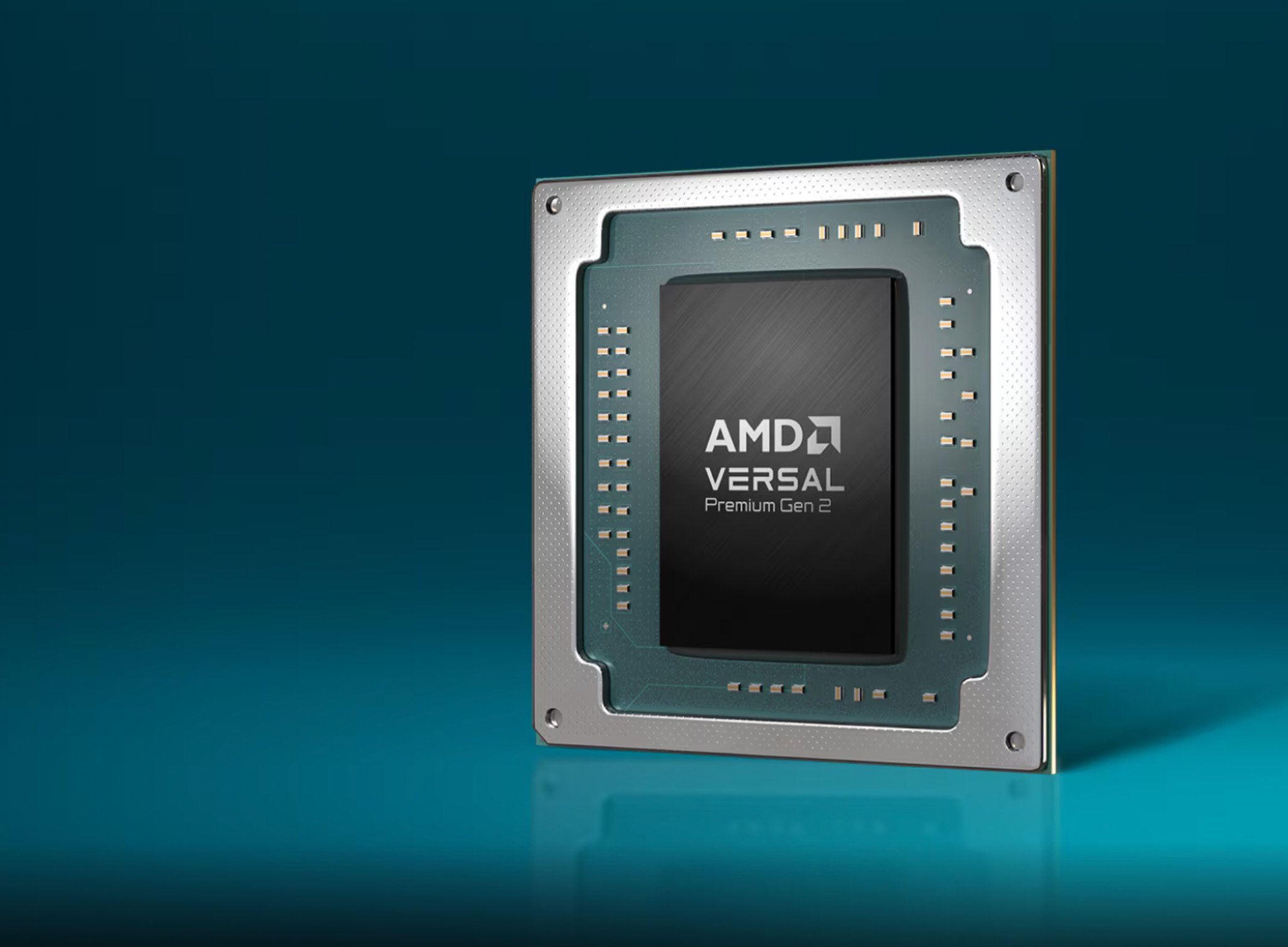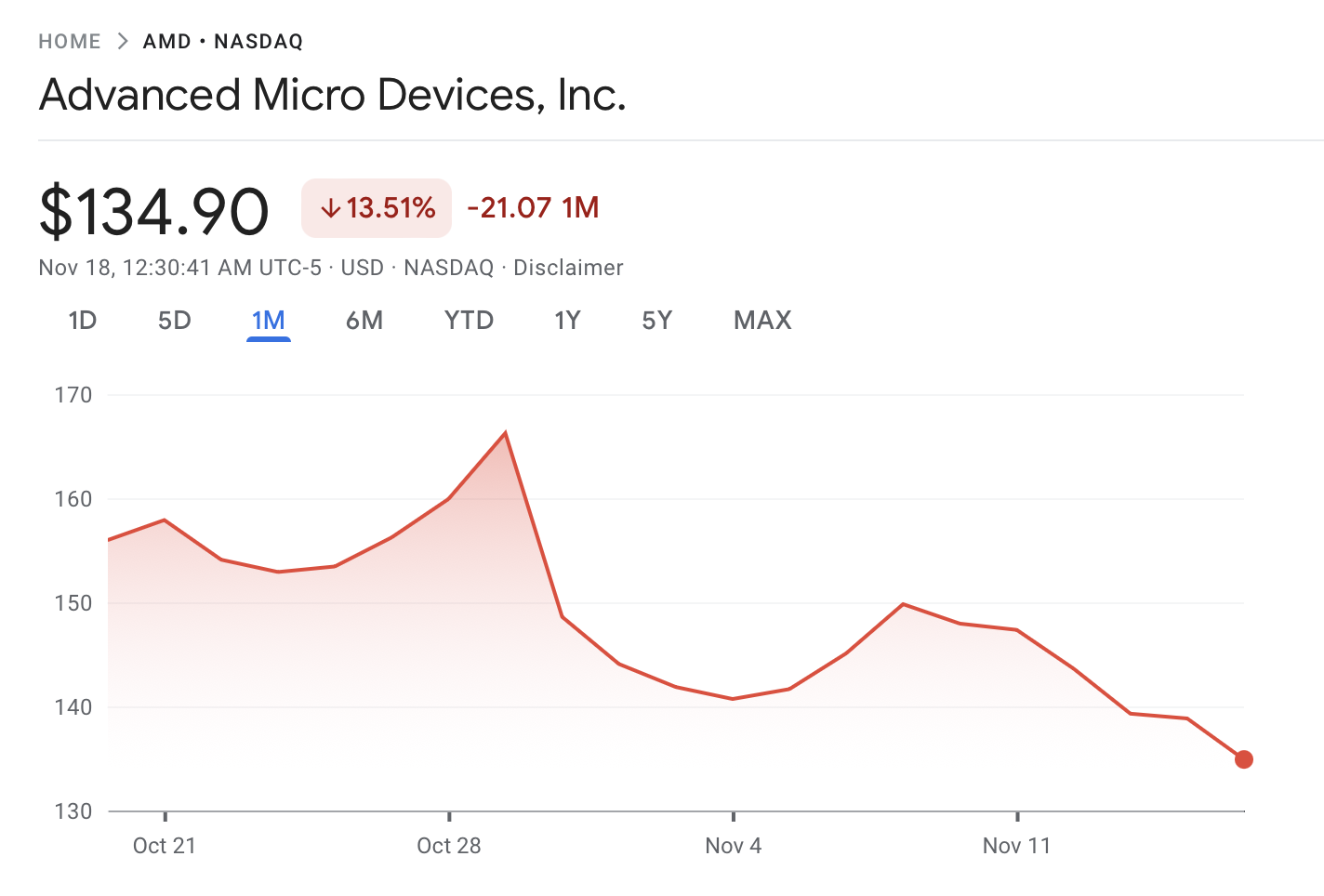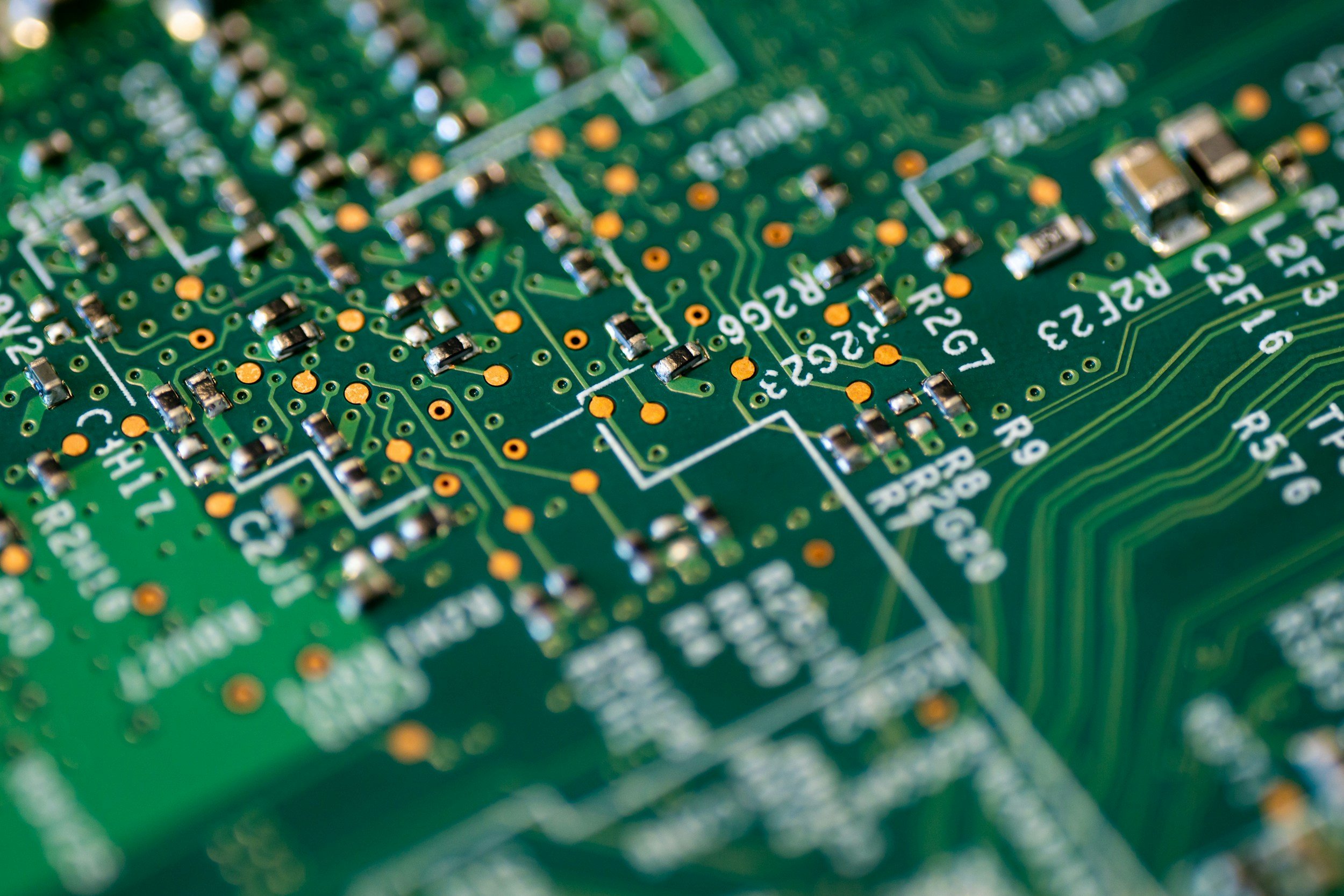AMD Lays Off 1,000 Employees to Accelerate AI Chip Development
Image Source: AMD
Advanced Micro Devices (AMD) has announced a significant restructuring of its global operations, resulting in the layoff of approximately 1,000 employees. This reduction accounts for about four percent of AMD's worldwide workforce. The move is part of the company's strategic pivot towards developing artificial intelligence chips, aiming to bolster its competitive stance against industry leader Nvidia.
[Read More: Intel Slashes 15,000 Jobs Amidst AI Competition and Revenue Decline]
Targeting the AI Chip Market
AMD is positioning itself as a formidable competitor to Nvidia in the rapidly expanding AI chip market. The company's focus is on creating advanced processors that serve as the backbone for complex data centers, essential for handling the vast amounts of data utilized by generative AI technologies, such as OpenAI's ChatGPT. By concentrating resources on AI chip development, AMD seeks to capture a larger share of this lucrative sector.
[Read More: Dell Cuts 13,000 Employees After AI Integration?]
Financial Performance Highlights
In the latest financial quarter ending September, AMD reported a remarkable increase in revenue from its data center segment, which includes its AI graphics processors. This segment saw revenues more than double compared to the previous period. Conversely, the personal computer division experienced a healthy growth of 29 percent, while the gaming unit faced a significant decline, with sales dropping approximately 69 percent.
Analysts remain optimistic about AMD's data center division, forecasting a 98 percent growth in 2024. This projection significantly outpaces the company's overall expected revenue growth of 13 percent, based on an average of estimates compiled by LSEG.
[Read More: Meta's Reality Labs Reports USD 4.4 Billion Loss in Q3 Amid AI Investments]
Investment in AI Technology
AMD has been channelling substantial investments into the development of high-demand AI chips. These chips command premium prices and are sought after by major hyperscalers, including Microsoft. The company is set to commence mass production of its latest AI chip, the MI325X, in the fourth quarter of the year. However, scaling up production presents challenges, particularly due to limited manufacturing capacity, making the endeavour a costly one.
In the third quarter, AMD's research and development expenditures rose by nearly nine percent, while the total cost of sales increased by 11 percent. These investments underscore the company's commitment to advancing its AI capabilities despite the associated financial pressures.
[Read More: AMD Unveils MI325X AI Chip, Plans MI350 Series to Compete with Nvidia's AI Dominance]
Market Reaction and Share Performance
Despite the strategic initiatives, AMD's stock has experienced a downturn, declining by more than three percent this year. The company's shares have struggled to meet investor expectations, especially after Wall Street fueled a two-fold surge in AMD's stock prices last year, driven by optimism surrounding AI technology returns.
[Read More: TSMC’s AI Chip Demand Fuels 42% Profit Surge in Q3 Amid Global Expansion]
Image Source: Google Finance
Strategic Implications and Industry Positioning
AMD's decision to reduce its workforce is a calculated move to reallocate resources towards high-growth areas within the AI sector. By doing so, AMD aims to enhance its technological offerings and market position against competitors like Nvidia. The emphasis on AI chip development reflects broader industry trends, where the demand for advanced processing capabilities continues to surge, driven by innovations in AI and machine learning.
However, the layoffs also highlight the challenges AMD faces in balancing investment in future technologies with maintaining profitability and shareholder confidence. The significant investment in AI, while promising, requires careful management of costs and operational efficiency to ensure sustainable growth.
Company Background
Founded in 1969 by a team of former Fairchild Semiconductor executives, including Jerry Sanders III, Ed Turney, John Carey, Sven Simonsen, Jack Gifford, Frank Botte, Jim Giles, and Larry Stenger, AMD began as a Silicon Valley start-up focused on leading-edge semiconductor products. Fairchild Semiconductor, where many of AMD's founders previously worked, played a pivotal role in the semiconductor industry. In 1959, Dr. Robert Noyce of Fairchild Semiconductor Corporation invented the first integrated circuit that could be produced commercially, laying the groundwork for modern electronics. Over the decades, AMD has evolved into a major player in the technology sector, offering high-performance and adaptive processor technologies such as CPUs, GPUs, FPGAs, and system-on-chip solutions. As of November 18, 2024, AMD's market capitalization stands at approximately $219 billion.
Source: IT News, AMD, Computing History, Wikipedia














